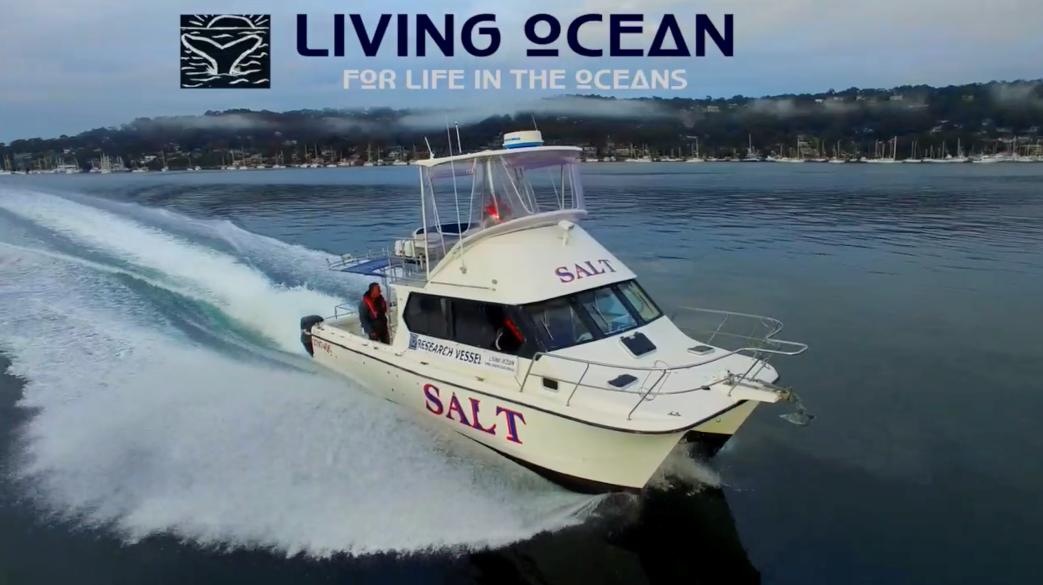June 11 - 17, 2017: Issue 316
Living Ocean
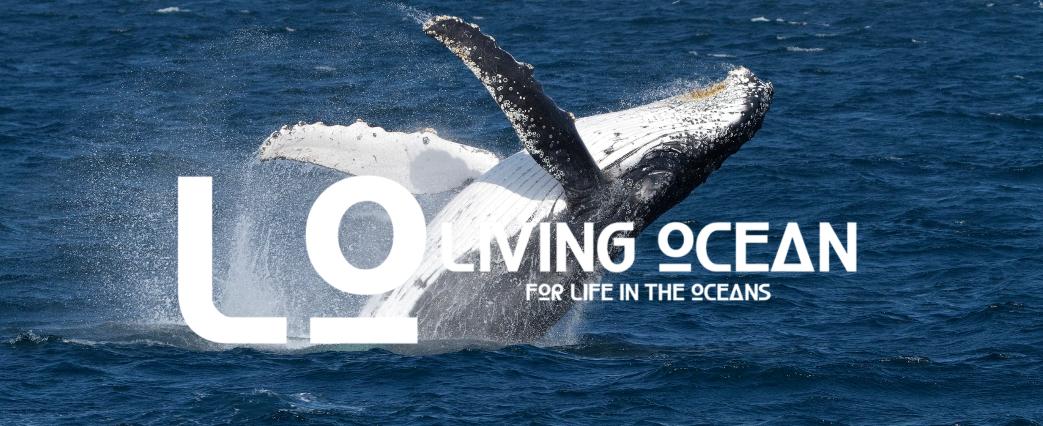
Living Ocean
Whale Migration Season has begun and already a few of these gentle giants of the ocean have been spotted off our coastlines. The first day of winter marks the official start of the whale watching season around Sydney and the New South Wales east coast. Humpback and southern right whales migrate north to warmer waters each year.
Each Whale Migration Season the team from Living Ocean’s Centre for Marine Studies, comprising researchers and volunteers study, from sea and land, the humpback whales that migrate along Australia’s East Coast each year. The study – licensed by State and Commonwealth agencies including an Ethics Committee – continues an innovative research program that the team began in 2004.
Each Winter trip the Living Ocean Team make costs around $450.00 in fuel alone. Living Ocean are currently seeking a Sponsor for this research for the 2017 season, or would like to hear from those who have great fundraising ideas to keep this vital program going.
In a small boat the team typically locates a group of humpback whales and accompanies them on their migratory path for several hours, studying their movements, behaviour, interactions with vessels and environmental conditions. Where other researchers may attach satellite transponders to a single whale and track it over long distances, Living Ocean’s research method is to track and study large numbers of whales in a single geographic area. This is done completely non-invasively, at a distance, with the aid of a purpose-built computer application that calculates positions and connects to the boat’s instruments.
Studying these whales teaches us about their needs. This in turn helps with their recovery, for example through stronger legislation based on cold facts.
Over the last few years Living Ocean’s data has starkly revealed that areas off Sydney proposed for commercial sand mining are high-use areas for whales and could be stated to be ‘whale highways’ where the mammals are using familiar sea channels and the floor of the sea, as landmarks, to find the way they swim, and have swum, north or south.
This data has become particularly more relevant due to the fact that one company is currently seeking to run 2D Seismic tests within the zones the Living Ocean Team patrol each Whale Migration Season during the third quarter of this year - July to September 2017.
An application has been made to Geoscience Australia for the potential use of OBS in PEP11. The OBS can be deployed in up to 6000 meters water depth, and it can continuously record for up to 12 months, the company has stated.
The company’s Environmental Plan (EP) will be submitted and approved by the National Offshore Petroleum Safety and Environment Management Authority (NOPSEMA) prior to commencement of seismic acquisition activities in PEP11. The planned 200 line kilometres of 2 dimensional seismic data acquisition is in PEP11 – the offshore Sydney Basin – more specifically, approximately 30 km south east of Newcastle.
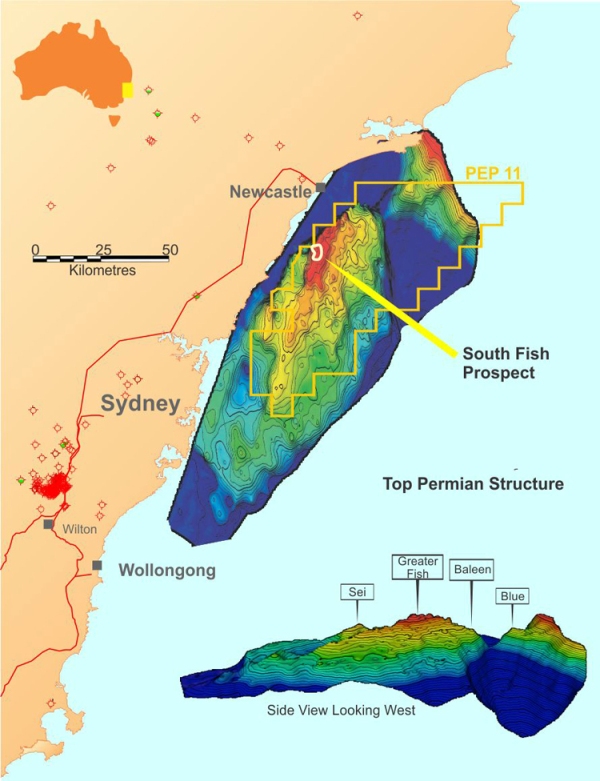
As many people may know, July to September is a peak whale migration season. Although the company proposing the seismic survey states in a May 19, 2017 update ‘It is anticipated that this will demonstrate a very low impact of the planned operations on the marine environment’, the marine environment also includes those passing through these waters.
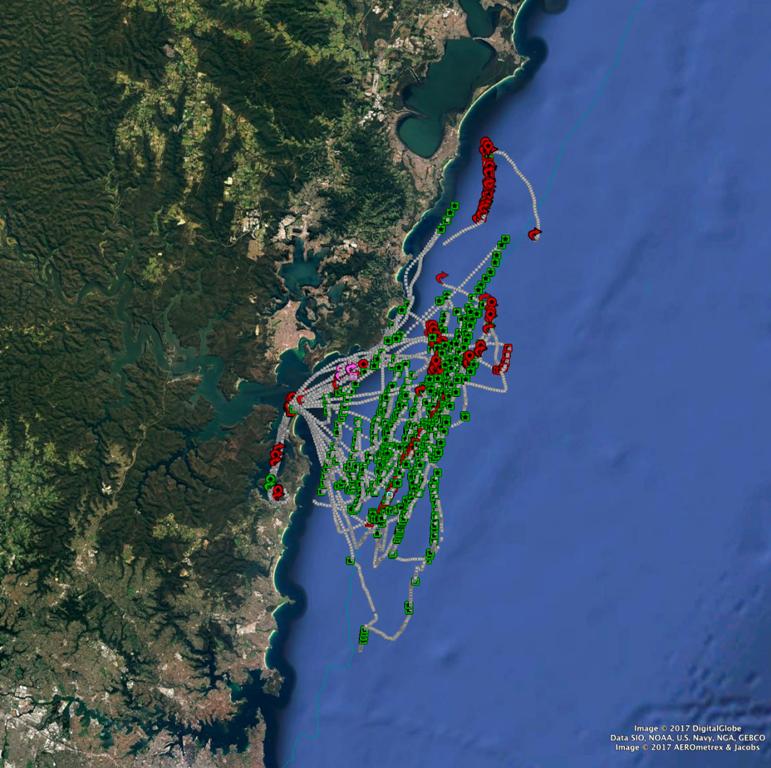
Living Ocean Whale Trax A
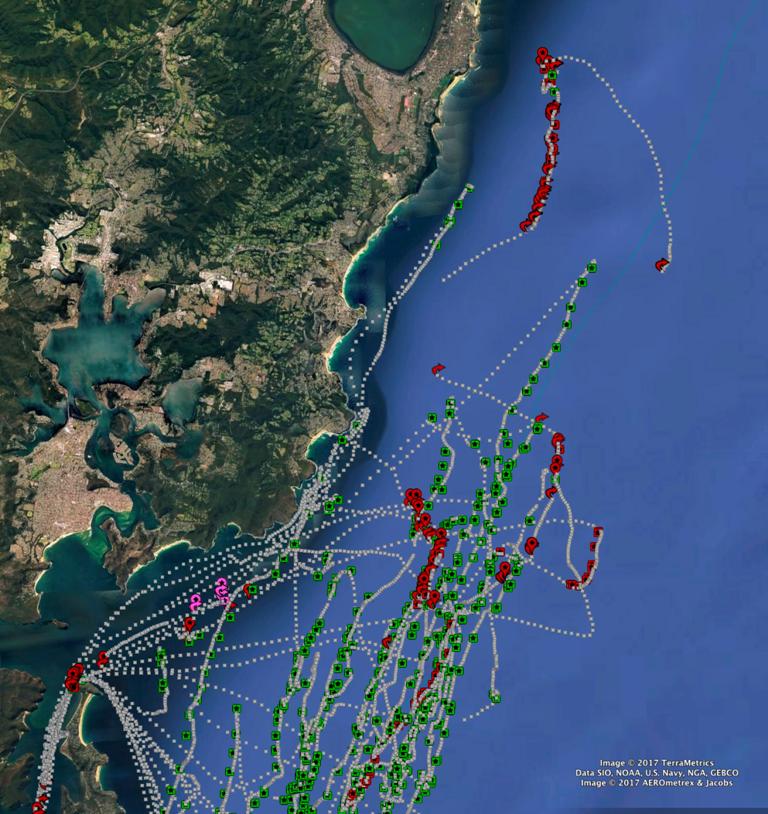
Living Ocean Whale Trax B - Barrenjoey headland in bottom left of image
Marine noise generated by a 2D seismic survey
Seismic surveys, used to locate oil and gas fields, involve a low-frequency, high-intensity sound pulse every few seconds, 24 hours a day, over one or two months. Sound pulses from the surveys are often detectable underwater for hundreds of kilometres.
Many marine organisms depend on the interpretation of acoustic information of their surrounding environment for their survival. Thus, noise pollution can affect marine organisms’ acoustic communication through auditory masking (in which the perception of one sound is affected by the presence of another sound) and through physiological damage of hearing system. [1.]
Studies show that anthropogenic noise can cause auditory masking, leading to cochlear damage, changes in individual and social behavior, altered metabolisms, hampered population recruitment, and can subsequently affect the health and service functions of marine ecosystems. Noise generally leads to typical physiological stress responses in marine organisms, such as stimulating nervous activity, increasing metabolism, and reducing immunity. In white whales (Delphinapterus leucas), the norepinephrine, epinephrine and dopamine levels were found to increase significantly after high-level sound exposures (>100 kPa) from a seismic water gun (impulse peak pressure levels ranged from approximately 8 to 200 kPa or 198–226 dB re 1 μPa peak pressure) compared to low-level sound exposures (<100 kPa) or controls without noise exposure, representing a nervous activation effect of noise exposure. In white whales (D. leucas), a physiological activation, tachycardia, caused by ship noise exposure was detected as well. Similarly, in bottlenose dolphins (T. truncates), a significant increase in aldosterone and a significant decrease in monocytes were found after exposure to seismic air-gun noise (44–207 kPa or 213–226 dB re 1 μPa peak pressure) [1.]
That’s why it’s important that now, more than ever, we support Living Ocean’s Centre for Marine Studies to conduct their data collection and stay vigilant to ensuring the whales have a safe passage north and south during these vital for them months of each year, as clearly those posing these tests haven’t taken that into account.
Who or what are Living Ocean though?
Living Ocean is a charity that promotes the awareness of human impact on the ocean, through research, education, creative activity in the community, and support of others who sustain ocean health and integrity.
And always celebrating and honouring the natural environment and the lifestyle that the ocean offers us.
Founded in 2010 in Whale Beach on the east coast of Australia, we are a growing community, connected by our love of the ocean and waterways that surround us.
Our whale research program builds on research that has been conducted off our coastline by our experts over many years and our Centre for Marine Studies enables students and others to become directly involved.
Through partnerships with individuals and organisations, we conceive, create and coordinate campaigns that educate all layers of our community from our ‘No Plastic Please’ campaign, which is delivered in partnership with local schools, to film nights and lectures, aimed at the wider community.
Additionally, we raise funds for ocean-oriented conservation and protection groups such as Sea Shepherd.”
Why Living Ocean
- Environmental Awareness
- Our Ocean
- Direct Action
- Creative Community
- Engaging All Ages and Talents
Living Ocean Centre for Marine Studies
Team working at Research Marine Base Newport Beach, N.S.W.
The Living Ocean Centre for Marine Studies builds upon the expertise of the Whale and Seal Foundation (WSF), which merged into Living Ocean in 2014. WSF brought into Living Ocean experienced whale researchers and educators, including several of the most experienced whale rescue specialists in Australia. For many years WSF volunteers trained the NSW National Parks Service, Australian National Parks, Water Police and other organisations in the rescue of stranded and entangled whales.
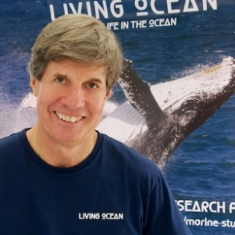 Bill Fulton
Bill FultonTeam Leader
For over a decade Bill has been studying migrating humpback whales at sea off Sydney under government licence using handheld software he developed specifically for this purpose. Heading Living Ocean’s Centre for Marine Studies, he guides a variety of Citizen Scientist Projects in conjunction with Australian universities.
Bill has been studying and rescuing whales since 1986. He feels incredibly fortunate to have had extended opportunities to learn from legendary research pioneer the late Dr William Dawbin DSc, who had earlier pieced together the annual migration routes of humpback whales.
Bill facilitated the introduction to Australia of revolutionary methods for whale disentanglement, now adopted in all States, and served as president of the whale rescue organisation ORRCA for a number of years.
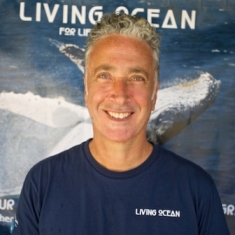 Sam Barripp
Sam BarrippSam Barripp also presided at Orrca, participating in hazardous Zodiac-based whale disentanglement operations and many strandings.
Since 2004 he has co-led the humpback research program that is now being continued in Living Ocean. With Bill he presented on our research methods at a biennial conference of the international Society for Marine Mammalogy in Capetown.
Visual Record Data
Professional photographers such as Rita Kluge and Steve Maxwell come out on our expeditions and tutor students and group members in image capture.
Stability and zoom range is vital in these image captures of flukes of whale’s tails, behaviour and places the images are taken. These ‘visual records’ add to the data collected on successive ocean expeditions during whale migrations, allowing the team to identify and correlate patterns.
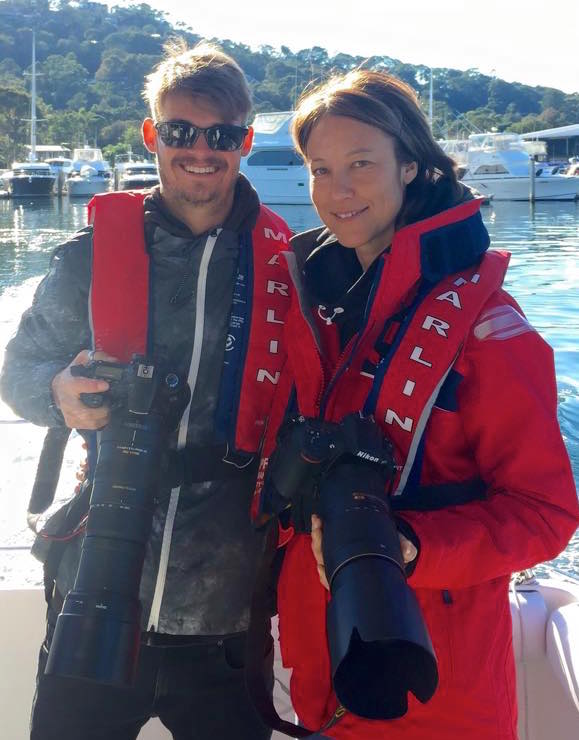
Steve Maxwell and Rita Kluge
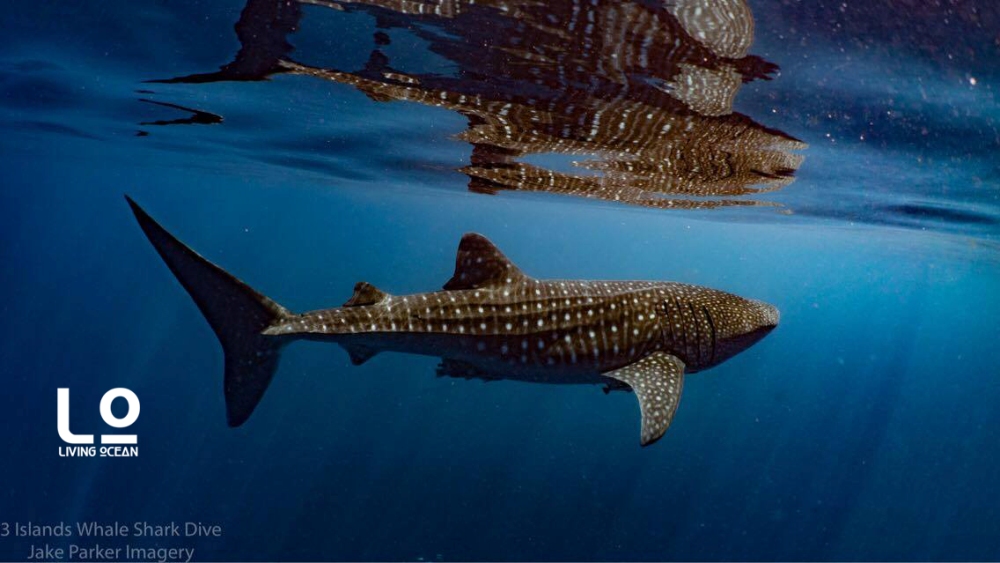
Image by Jake Parker a Living Ocean ambassador and ocean marine life photographer. Jake shot this image in W.A.
Student Engagement – an Investment in a Future Living Ocean
Jack Barrip
Barrenjoey High School
“Whether it is diving down beneath the surface to discover a new untouched world, or sharing a wave with your best mate, or watching whales pass our coastlines, being on or around the ocean makes you feel alive. To be able to share this experience with others through photos is a gift in itself.”
Blaze Roberts
Barrenjoey High School
“I would love to photograph whales with a high performance camera as it’s something I’ve never done before.”
Sam Partington
Barrenjoey High School
“A great camera setup for capturing and sharing the marine research and whale experience is crucial. There is a lot of rocking around out on the open ocean, so you need a camera that can focus quickly and zoom pretty far in, in order to get the job done.”
Living Ocean – No Plastic Please
Launched in partnership with Barrenjoey High School, No Plastic Please is an initiative that aims to create awareness about the impact of plastic pollution on the oceans. Our goal is to create a positive behaviour change within our community by encouraging more sustainable consumption of items such as: plastic bags, bottles and coffee cup lids.
The initiative has subsequently been presented to schoolchildren in a number of local schools by local ‘heroes, – professional surfers and body boarders, as well as film directors, who act as spokespeople for the campaign. This has been successful in both allowing children to understand that their choices have an impact, and in creating advocates of the children themselves.
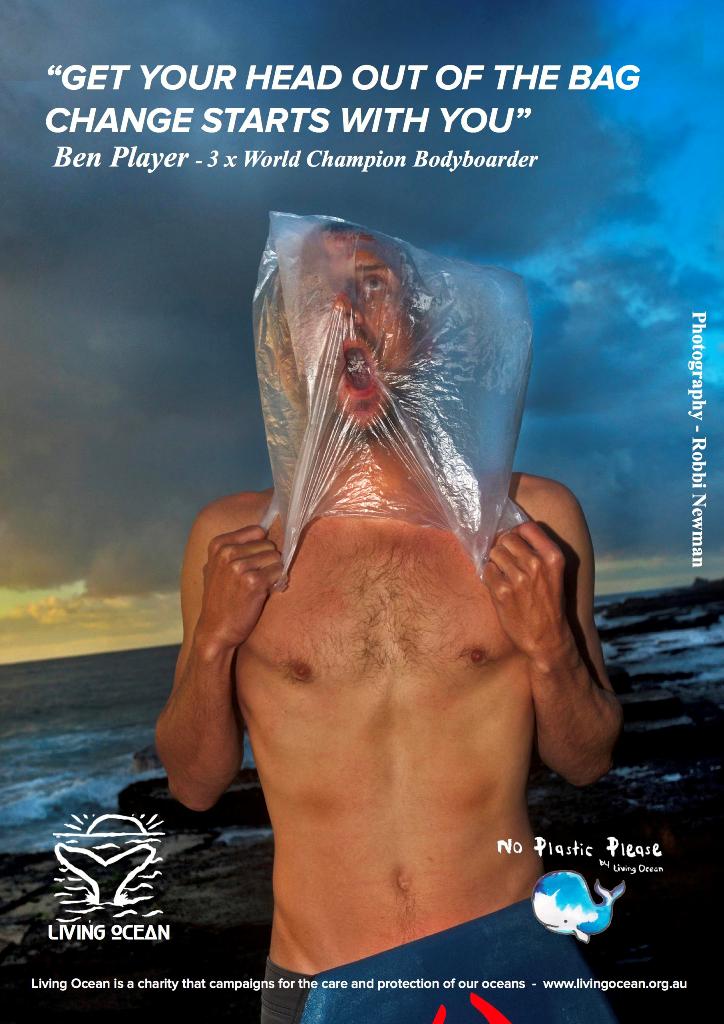
Regular beach cleanups, as part of our Community Engagement, incorporating and led by Wander Lightly (Sarah Tait) and Guy Williment led to the discussion of keeping data and records of what was collected, especially the amounts of plastics being found.

Avalon Beach Clean
This was expanded and in December 2016 we held our first Microplastics Workshops.
Living Ocean, in conjunction with famous microplastics authority Dr Jennifer Lavers, who is embarking on a landmark citizen science project to collect and study microplastics. Jennifer led a workshop showing how to collect and classify microplastics. Participants became qualified to participate in our monthly microplastics collections.
People who wanted to take it a bit further and learn how to become one of our team of microplastics coordinators, guiding other volunteers in microplastics collections on the beach, attended Jennifer’s in-depth microplastics workshop the previous day, Saturday 3 December, at the Coastal Environment Centre, North Narrabeen.
Living Ocean donors have recently assisted funding for Jenn Lavers research into the effects of plastic ingestion on the blood systems of Shearwaters on Lord Howe Island. Also assisting is Prof.Alex Bond from Canada and UK, another world leader in marine seabirds. Living Ocean’s Bill Fulton will be documenting the Lord Howe Island research and a blog of the research will be uploaded to the Living Ocean website.
A shearwater is one of a number washed up dead collected by our team. Eighty pieces of plastic were found in the stomach. Wrenching as it seems, this is nowhere near a record.
Jennifer Lavers website: jenniferlavers.org
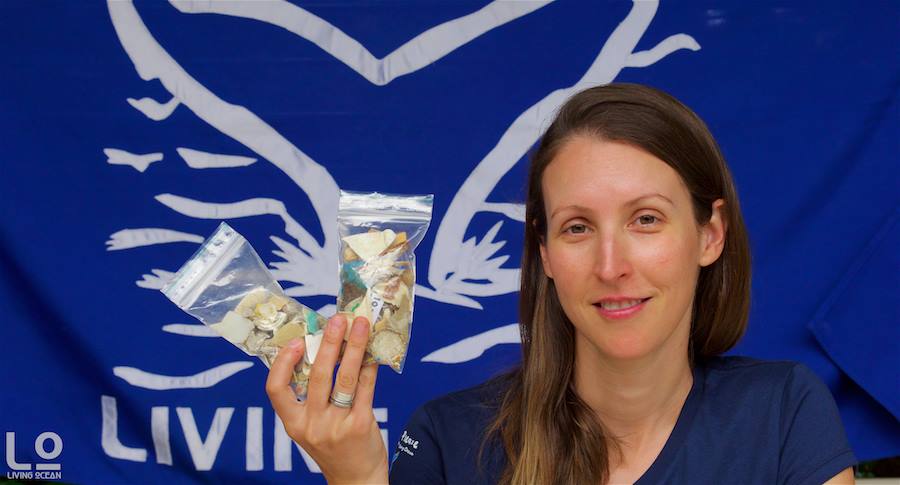
Jenn Lavers with plastics collected from just one three month old shearwater.
May 23, 2017 Update: Huge congratulations to Drs Jenn Lavers and Alex Bond for their scientific paper on plastic pollution at Henderson Island (below). It's now the TOP-RANKED paper ever published by the University of Tasmania, and covered by 240 news outlets around the world. You can read ‘Exceptional and rapid accumulation of anthropogenic debris on one of the world’s most remote and pristine islands’ here:www.pnas.org/content/114/23/6052.full.pdf
Community Engagement
Films, Education, Talks
We hold film nights, lectures and talks about the subjects of keeping rubbish and plastics out of our waterways. In March 2017 Living Ocean was honoured to address the Geography Teachers Australia conference at Olympic Park Sydney on Action for Sustainability and Liveability. Our social interaction programs and templates for community involvement in ocean and coastal care were enthusiastically received. Of particular significance was our groundbreaking software development and monitoring of humpback migrations. This fits directly into the new curriculum for schools to become aware of how the dynamic spatial arrangement relationship of objects governs all life.
Film evenings are often in partnership with the producers and other relevant organizations, which are attended by the wider community. We are also working with the local chamber of commerce, and in turn, local shopkeepers, to offer more sustainable packaging to reduce and eliminate the use of plastic bags, another large pollutant in our Living Ocean.
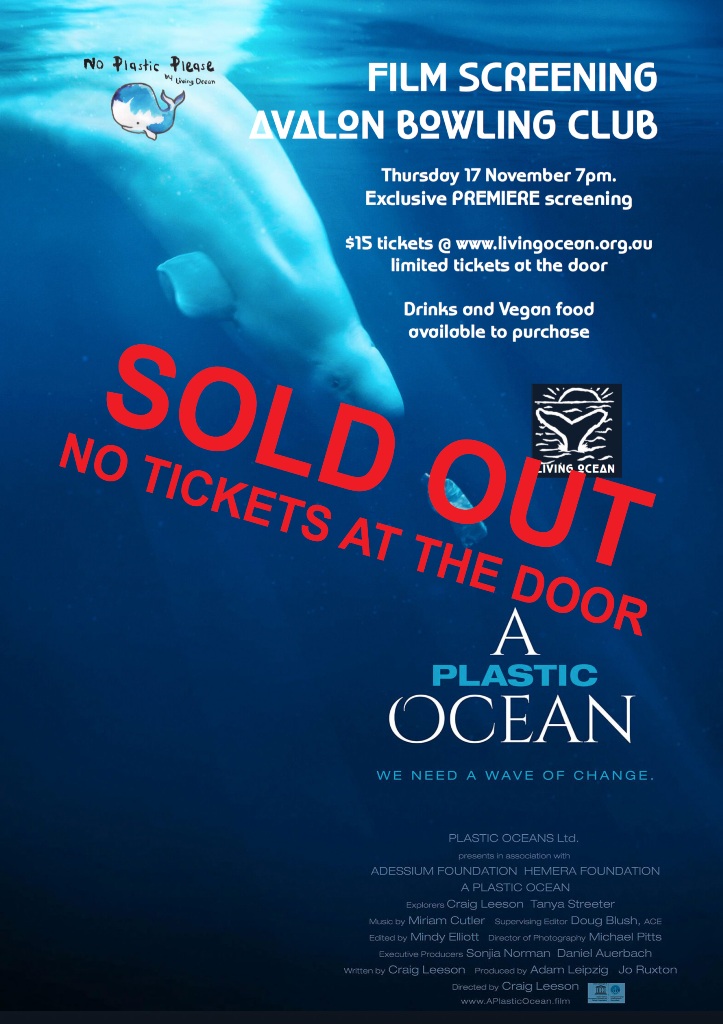
Documentary – Plastic ruining Indian Ocean Beaches – April 25, 2017
Living Ocean Living Ocean was honoured to host 2 of the featured researchers in this documentary. Jenn Lavers and Heidi Taylor. Jenn Lavers is a leading expert on Ocean birdlife and also the impact of plastics on the birds. Heidi Taylor is a co founder of highly successful Tangaroa Blue organisation that logs all marine debris and plastics onto a world class database. Living Ocean is currently funding Jenn Lavers on a research trip to Lord Howe Island to test blood samples of Shearwaters for plastic contamination.
Next Generation
We also attend schools, where invited, to speak about how to reduce plastic use and our Whale Research program.
In April 2017 we were part of the Av. Green Team’s Sustainability Day, held at the Coastal Environment Centre, Narrabeen.
The Av. Green Team is a Youth-run, volunteer-based environment initiative from Avalon in Sydney who credit Living Ocean as the inspiration for their startup and initiate their own beach cleans as well as attend Living Ocean and Wander Lightly organised cleans.
“Trying to keep our area green and clean!” is their credo.
Caring for Community
The Inaugural Lifeline Classic was held on April 30th 2017. This was a tag team surfing competition, and charity fundraising event to support Lifeline Northern Beaches with a focus on engaging youth who may be battling mental health or suicide and enabling Lifeline Northern Beaches to assist those who may need their services. Living Ocean were approached to sponsor a team by younger members of our community, and of course said ‘yes!’. The LO team (Hunter Roberts, Sam Partington, Van and Arch Whiteman and pro surfer Fraser Dovell) won the fundraising with more than $7,000. They were inspired to get involved by Claudia Newman, one of the daughters of LO co-founders.
“Depression and mental health issues have been a big part of my life personally, and a few of my friends have passed away, so I’ve been looking for something to do about it for a very long time,” Claudia said. “With the Lifeline Classic, we got an opportunity to make a difference and include all the youth in it. So I involved my family and Living Ocean, which was co-founded by my parents, Carol and Robbi and their friends, and the response was absolutely incredible.
“We need the youth to understand that there are people to call if you don’t want to talk to your family or friends. If you’re not ready for that kind of communication yet, you can call up Lifeline on 13 11 14 and there will be someone there 24 hours a day who can help you with any problem you are having, just so you know that in no way, shape or form are you alone.”
Fundraising Events
We have raised a significant amount of money for Organisations that share our values, such as Sea Shepherd. This has been achieved at annual gala events and auctions that are now a highlight on the local calendar. Past events have included performances including: Lime Cordiale, Paul Christie, Angry Anderson, Iva Davies, Diesel, Mondo Rock, Randall Waller, David Koch, Paul Watson and Bunna Lawrie.
Members are often inspired and supported to arrange their own fundraising events that have included parties, competitions and art shows.
How Can We All Help
Apart from getting involved by taking on the No Plastic Please credo, helping out with Beach Cleans or attending events, the priority right now is to keep the Living Ocean whale research program at its maximum number of trips this whale migration season so the data can keep being collected.
We have just been notified that a WA mine company wants to sonar right in the middle of migration season off the coast here and that’s a threat to whales. Please contact us if interested in becoming a sponsor of the Whale Research program at: info@livingocean.org.au
One off or monthly donations ensure the Living Ocean fund can continue in its Global and Local endeavours to support and care of our wonderful oceans. Living Ocean is listed on the Australian Register of Environmental Organisations. Donations to the Living Ocean Fund are tax deductible.
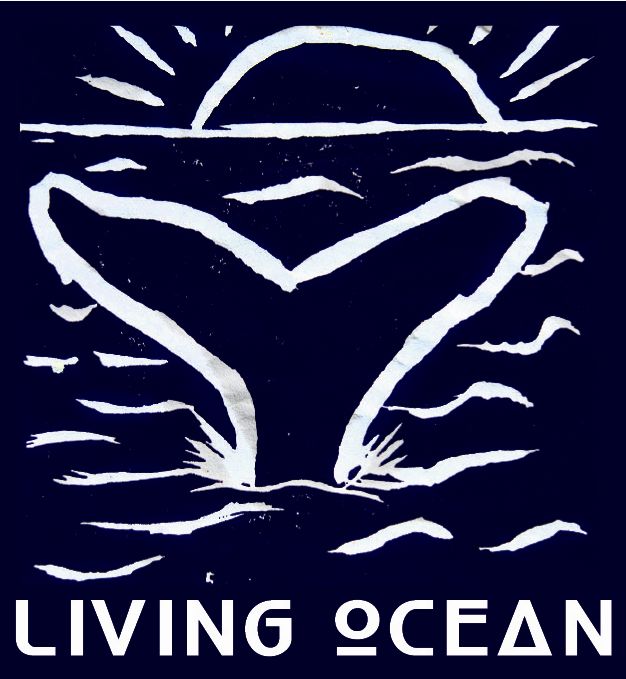
LO Logo Design by Claudia Newman
1. Chao Peng, Xinguo Zhao, and Guangxu Liu. Noise in the Sea and Its Impacts on Marine Organisms. International Journal of Environmental Research and Public Health. Published online 2015 Sep 30. doi: 10.3390/ijerph121012304
Whale header - image is by David Jenkins who shares his passion for photographing sea life with us – as are two at base of page.
